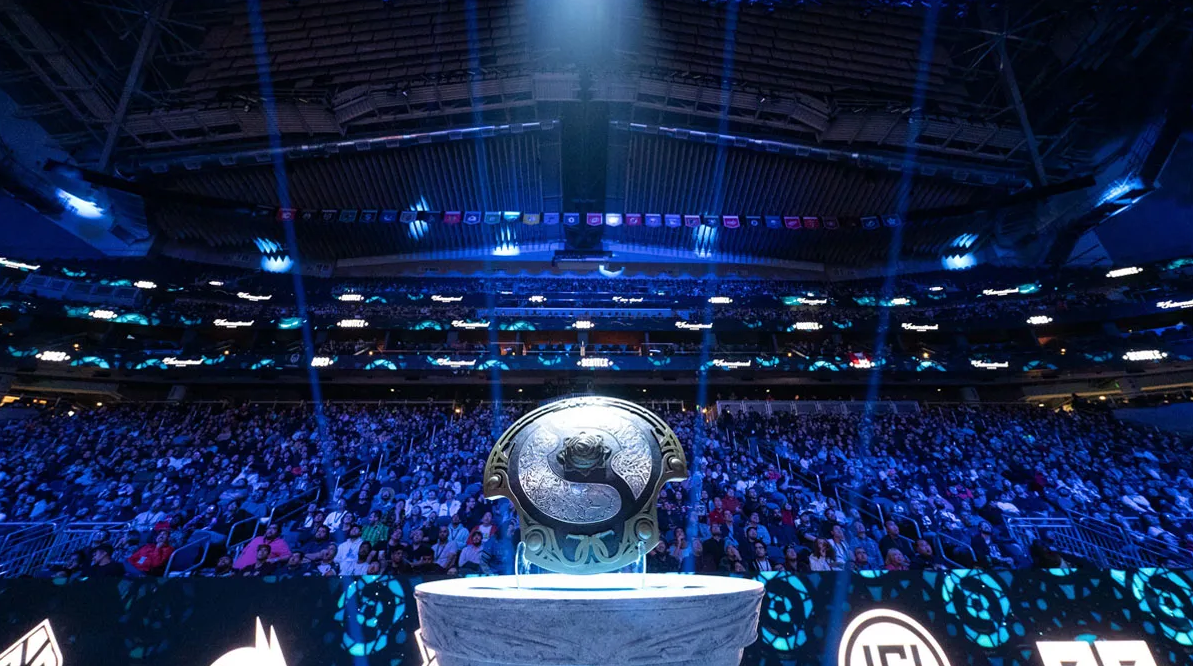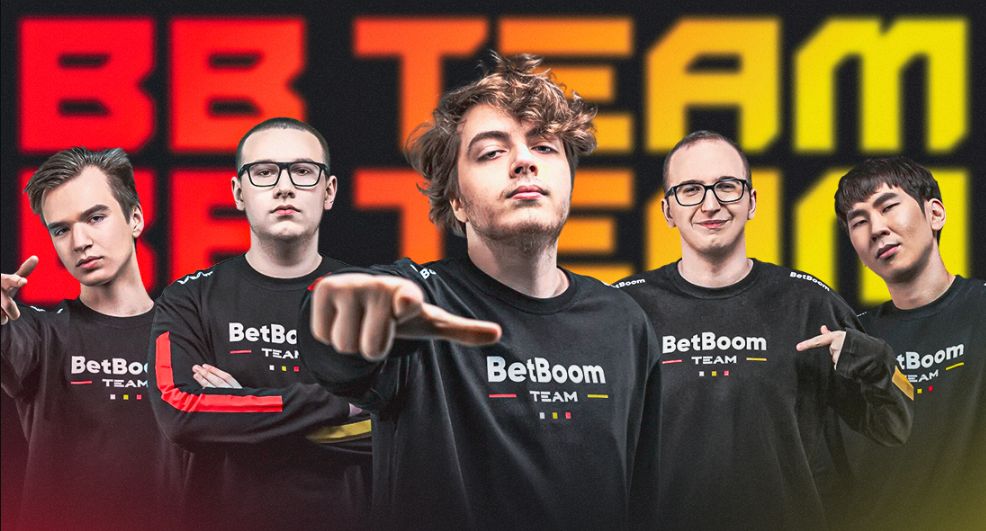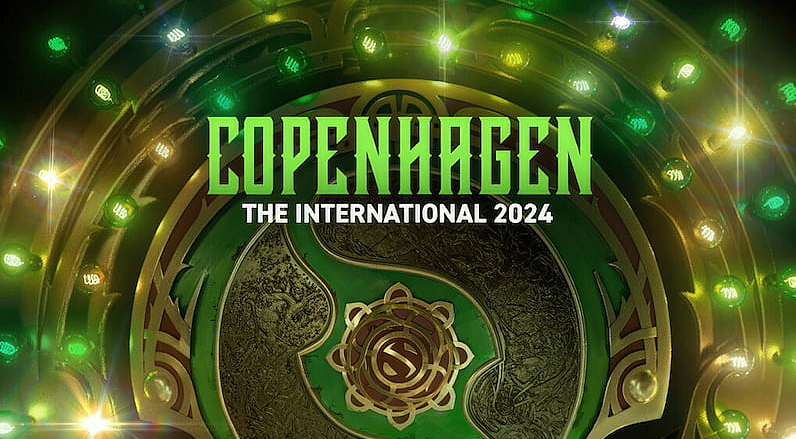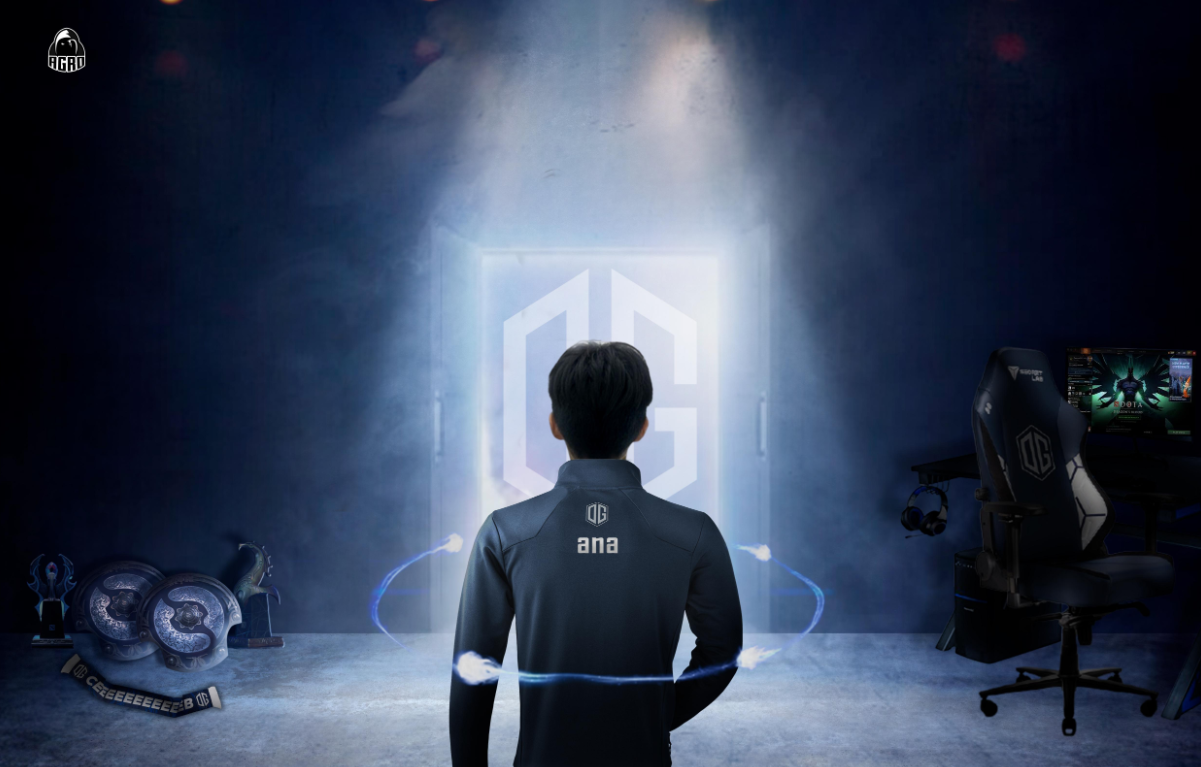Dota 2 The International 2024 UPDATE: Valve Prohibits All Sponsor Logos During Matches

Logos are no longer allowed. Valve has made a surprising announcement by banning all in-game sponsor logos for The International 2024 (TI13). Fans are eagerly anticipating the thirteenth annual edition of Valve’s Dota 2 tournament, The International, which stands as one of the largest esports tournament series globally. As the event draws near, excitement is building over the potential surprises and high-stakes matches that this year’s competition may bring. However, Valve’s recent decision has sent shockwaves through the community. They will impose a ban on all in-game sponsor logos and advertisements for this year’s tournament. Sponsorships have played a pivotal role in the success of many esports events, providing crucial funding to teams and helping to elevate the overall quality of the competitions. With less than a week remaining before Dota 2’s The International 2024, both sponsors and teams are left grappling with the implications of this unexpected change.
This decision raises questions about how teams will adapt to the new landscape, as many rely heavily on sponsorships for their operational costs. Additionally, fans are curious about how this might affect the viewing experience. The absence of familiar logos could alter the atmosphere, making it feel less commercialized and more focused on the gameplay itself. While some may welcome this shift as a return to the essence of esports, others are concerned about the financial impact on teams and the overall tournament. As the date approaches, the community is buzzing with discussions and speculations. Will Valve’s bold move pay off in enhancing the purity of the competition, or could it inadvertently hurt the teams that have come to rely on these vital partnerships? The answers will begin to unfold as TI13 kicks off, keeping everyone on the edge of their seats.
Table of Contents
Valve Bans Sponsor Logos for The International 2024: Implications and Reactions
Valve dropped a surprising announcement that has sent ripples through the Dota 2 esports community. Given the significant role sponsorship has played in the growth of esports over the years, many are left pondering the implications of this decision. On August 27, 2024, the developer declared that all sponsor-related branding—such as banners, team logos, and player tags—would be banned during matches for The International 2024 (TI13). This new rule will impact all esports organizations participating in the tournament. The restrictions on customization options will affect the in-game product placements that were part of sponsorship agreements. Many teams have relied on these partnerships for financial support, which is crucial for their operations, training, and participation in high-stakes tournaments like TI13.
The announcement has sparked a wave of discussions within the community. Some fans are excited about the potential for a more streamlined and focused viewing experience, believing that the absence of advertisements will allow players’ skills and strategies to take center stage. They argue that this move could enhance the overall atmosphere of the tournament, making it feel less commercial and more about the sport itself. This perspective aligns with a growing sentiment among fans who desire a return to the roots of competitive gaming, where the focus was primarily on gameplay rather than branding. On the other hand, there are concerns about the financial repercussions for teams and organizations. Sponsorships have become a lifeline for many esports teams, providing essential funding that enables them to compete at the highest levels. The removal of sponsor logos could lead to decreased revenue, which might affect teams’ ability to operate effectively.
This situation raises questions about how organizations will adapt to the new environment and what alternative funding strategies they might pursue. In their official statement, Valve emphasized that the decision was made to allow fans and players to concentrate on the matches themselves, eliminating distractions from the gameplay. They articulated that the features intended to celebrate the achievements of players and teams had unintentionally transformed into platforms for advertisements. This shift was far from the original vision, and Valve is keen to realign the focus on the competitive spirit of Dota 2.
Furthermore, this decision highlights a broader trend in the esports industry. As the competitive gaming landscape continues to evolve, there is an ongoing debate about the balance between commercialization and maintaining the integrity of the sport. Many stakeholders are grappling with how to attract sponsorships while preserving the core values that make esports appealing to fans and players alike.
As the tournament date approaches, teams are left to navigate this uncharted territory. They are exploring new ways to engage with fans and maintain visibility in an environment where traditional sponsorship methods are being redefined. Some organizations may turn to grassroots efforts, fan engagement activities, or even merchandise sales to generate revenue and maintain their financial stability. Valve’s decision to ban sponsor logos during TI13 is a significant shift in the Dota 2 esports landscape. While it may enhance the viewing experience for some, it also raises critical questions about the future of sponsorship in esports and the economic implications for teams. As the community awaits the tournament, all eyes will be on how this bold move plays out and what it means for the future of competitive gaming. The answers will likely unfold in the days leading up to TI13, as players, teams, and fans alike navigate this new reality.
What Lies Ahead for Teams and Sponsors?
The timing couldn’t be worse for the teams, as they are just days away from taking the stage at The International 2024. For years, Dota 2 organizations have relied heavily on sponsorships for revenue, which have become a lifeline for many teams. However, with the new ban on sponsor logos in place, the situation for these organizations may be more dire than it appears.
Securing sponsorships is crucial for financing, especially for smaller organizations that often operate on tight budgets. These partnerships not only provide essential funds but also help in building brand recognition and fan engagement. In a competitive landscape where every advantage counts, losing these sponsorship opportunities could be detrimental. Given the low prize pool and disappointing Compendium for TI13, this situation could push some teams to the brink, making it increasingly difficult to sustain operations in the long run.
Moreover, the esports ecosystem relies on a healthy influx of revenue to support players, staff, and infrastructure. With sponsorships being a primary source of income, the ban could lead to budget cuts, reduced player salaries, and even roster changes as teams scramble to adjust. The potential fallout could have cascading effects, impacting not just individual teams but the entire competitive scene.
It’s also worth noting that Dota 2 is struggling with limited income streams beyond sponsorships. The game has seen fluctuations in player engagement and viewership, which can directly affect revenue from merchandise and in-game purchases. As these income sources dwindle, the competitive landscape becomes increasingly fragile. The loss of sponsorship opportunities could further jeopardize this environment, making it even harder for teams to thrive.
In light of these challenges, teams must now explore alternative revenue streams. Some may look to engage fans through crowdfunding campaigns or merchandise sales, while others might focus on building a stronger online presence to attract new sponsorships. This pivot is not just about survival; it’s about finding innovative ways to adapt to a changing landscape.
As the tournament approaches, all eyes will be on how teams navigate this new reality. Fans and players alike are left wondering what the future holds for their favorite organizations and the broader Dota 2 community. The stakes have never been higher, and the decisions made in the coming weeks could shape the future of competitive Dota 2 for years to come.
What This Means for Viewers
The viewing experience for TI13 spectators is set to change dramatically. Sponsorships have played a significant role since the early editions of the tournament, and the removal of sponsor logos from team banners, player tags, and base logos may create noticeable gaps on-screen. For many fans, these logos have become a familiar part of the Dota 2 landscape, representing not just the teams but also the brands that support them.
While these changes will result in a cleaner and more focused presentation of Dota 2 matches, teams could face challenges in maintaining their visual identity. The absence of the sponsors they were often linked with may leave teams feeling less recognizable, as they lose the branding that fans associate with their favorite players and organizations. This shift could affect how fans connect with the teams, as the logos often serve as symbols of loyalty and support.
Moreover, the new presentation style may impact the atmosphere of the tournament. Fans are accustomed to the vibrant mix of team colors and sponsor branding that adds excitement to the viewing experience. With a more stripped-down aesthetic, some viewers might feel that the event lacks the same energy and spectacle it once had. While the focus on gameplay is a positive aspect, it’s essential to balance that with the vibrant culture that sponsors have helped cultivate.
Additionally, this change may encourage teams to explore new ways to engage their fanbase. Without the logos to rely on, organizations might invest more in creative branding strategies that emphasize their unique identities. This could lead to innovative merchandise, social media campaigns, and fan interactions that help build a stronger community around each team.
As the tournament unfolds, the community will be watching closely to see how these changes impact both the viewing experience and the teams themselves. Fans may have mixed feelings as they adjust to this new format, but it also presents an opportunity for growth. The Dota 2 community is known for its resilience and creativity, and this could be a pivotal moment for teams to redefine their brand identities in a way that resonates with their audience.
Ultimately, while the absence of sponsor logos will undoubtedly alter the visual landscape of TI13, it also opens the door for new possibilities. As teams adapt to this shift, fans will have the chance to witness how these organizations evolve, potentially leading to a richer and more engaging viewing experience in the long run. The journey through TI13 may redefine not just how fans watch the game, but also how they connect with the teams they support.
The Future of Sponsorships in Dota 2: What Lies Ahead
Adaptability is essential not just in-game but also for organizations in the Dota 2 ecosystem. With the new rule now in effect, we can expect significant changes, particularly regarding teams and sponsors. They will need to navigate this new landscape and come up with innovative ideas to enhance their visibility and create value within the community.
The removal of sponsor logos means teams must rethink their branding strategies. Without the familiar logos that fans associate with their favorite players and organizations, teams may need to focus more on building their unique identities through alternative means. This could involve developing distinct merchandise, engaging storytelling, and more personalized fan interactions that resonate deeply with their audience.
Moreover, this shift could lead to more opportunities for sponsors and teams to explore partnerships beyond the tournament itself. By branching out into content creation, teams can engage fans through livestreams, tutorials, and behind-the-scenes footage that highlight their journeys and personalities. This personal touch could foster a stronger connection between fans and players, enhancing loyalty and support.
Sponsorship activities might also extend to external events, such as community tournaments or charity streams, where teams can collaborate with brands in a less formal setting. These events could serve as platforms for experimentation, allowing sponsors and teams to test new ideas and formats without the pressures of the main tournament.
In addition, the focus on content creation could lead to innovative marketing strategies that emphasize storytelling. Teams might leverage social media and video platforms to share their experiences, challenges, and triumphs, giving fans a glimpse into their daily lives. This approach not only humanizes the players but also strengthens the community by creating shared experiences.
As organizations adapt to this new environment, they may find that the absence of sponsor logos opens the door to fresh partnerships and creative collaborations that were previously unexplored. This could lead to a more diverse and dynamic ecosystem, where both teams and sponsors can thrive together.
Ultimately, while the recent changes present challenges, they also offer a chance for growth and reinvention. By embracing adaptability and creativity, teams and sponsors can forge new paths that enhance their visibility and relevance in the ever-evolving world of Dota 2. As they navigate this transition, the potential for innovation and connection with fans is greater than ever.






